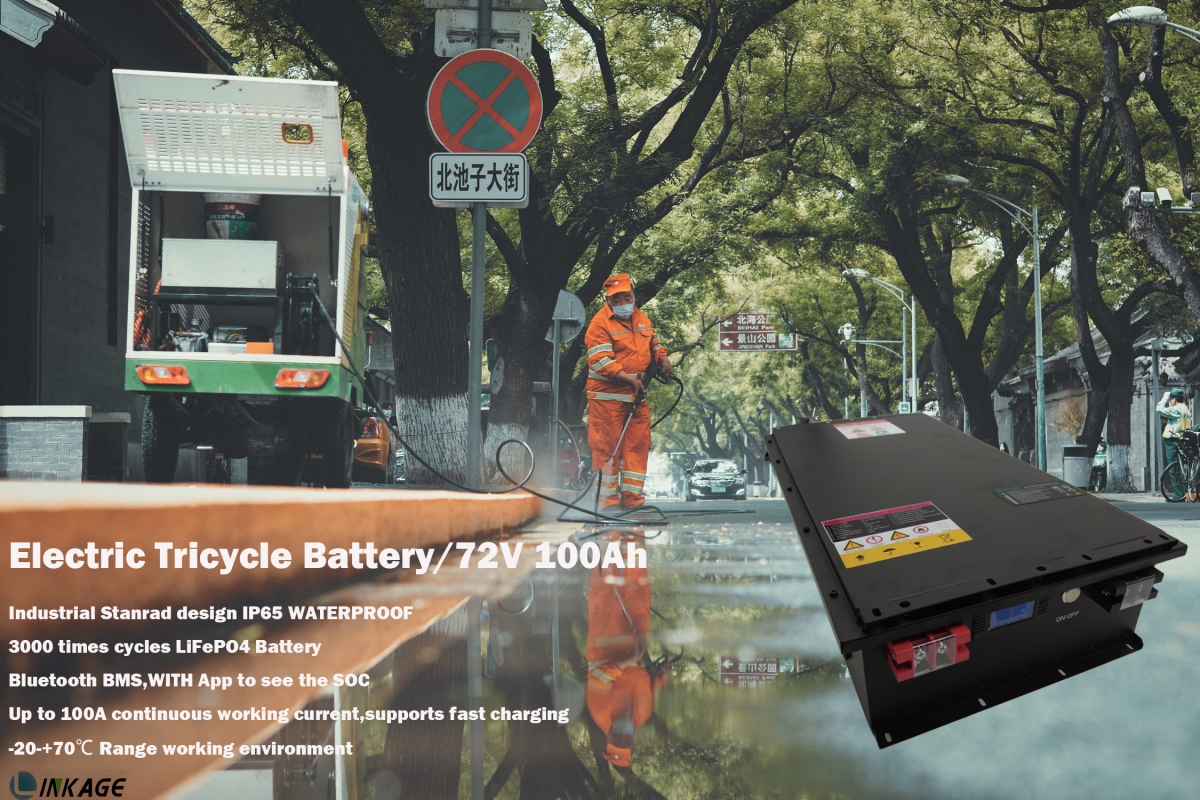- 03
- Dec
Why each lithium battery protection plate can not be connected to three applications?
Why can’t a single guard be used in series
When multiple components of lithium battery maintenance board are connected in series, the following problems may occur:
1: Charging: assume battery 4.2 V voltage maintenance, such as B plate cout charging pipe maintenance, infinite internal resistance, this time, the tube current cut-off points, and general single section of lithium battery maintenance board field effect tube pressure is very low, so may collapse, but due to the charging status, charge current decline in addition to all of the battery voltage, general won’t appear the overpressure phenomenon), after maintenance and other charging tube B, charging voltage can be To add to a single VDD maintenance panel surface may appear overvoltage, resulting in damage to the maintenance of integrated panel B.
2: discharge: assuming the battery voltage 2.7V maintenance, such as repair plate Dout charging tube repair, infinite internal resistance, this time, is the current tube point, this time if the circuit inside there are six batteries, so the tube will be 25 V voltage, the green circle on the figure Dout field effect tube soft failure, so, even in the repair operation, There are also some horseshoes that, if completely damaged, will have a strong current through the loss and repair. After the tube is repaired, the back pressure from the V end of board A to the VSS end of board A is as high as 25V, and the back pressure from the V end to the VDD end is about 21V, which may completely cause chip damage.
Other analysis above, it is worth noting that the field effect tube dual boot device, under normal circumstances, even without the driving voltage, electric current can also be direction arrow icon activities, such as in the figure above dout high voltage and current can be reversed, arrow dout low potential, currently only in accordance with the arrow activity again, but the direction of the arrow activity has ended. Therefore, DOUT is the discharge control terminal.
Under normal conditions, we can move in the arrow direction without adding potential, but there will be a pressure drop of about 0.3V. Thus, to eliminate the internal voltage drop and add a high level, the internal voltage drop in the arrow direction will approach a few millivolts to tens of millivolts. Therefore, MOSFETT is a two-guide control device.
